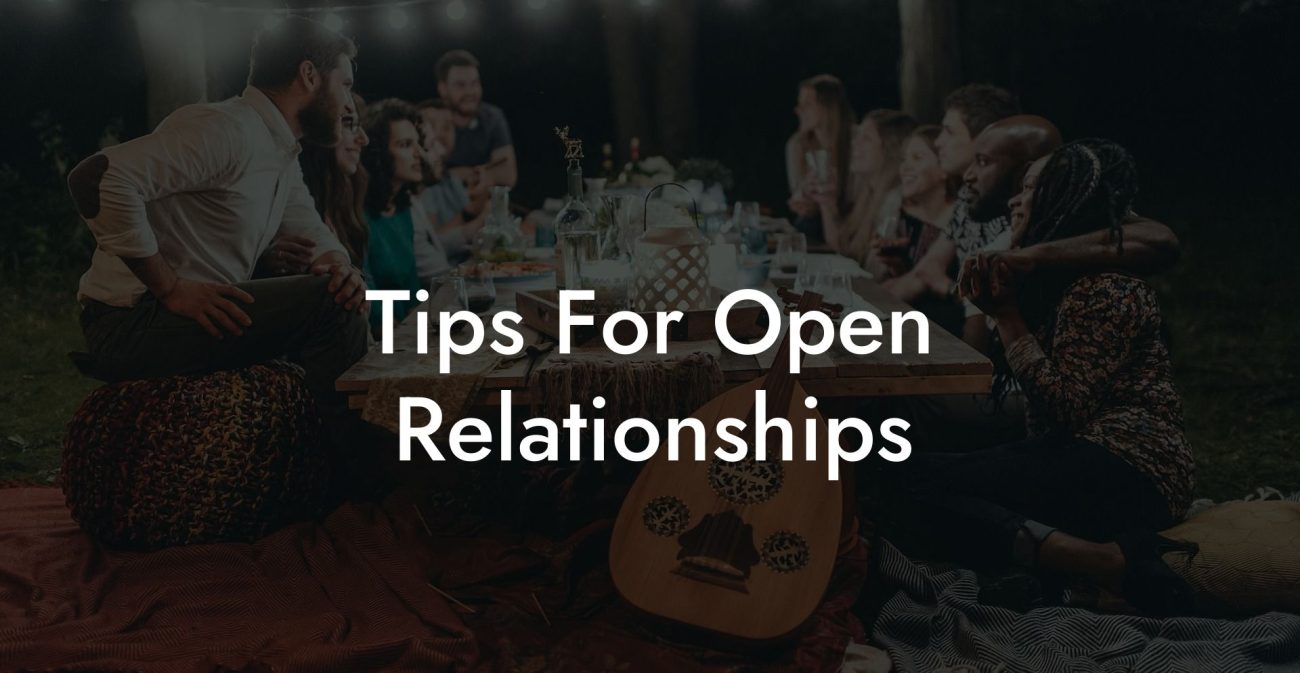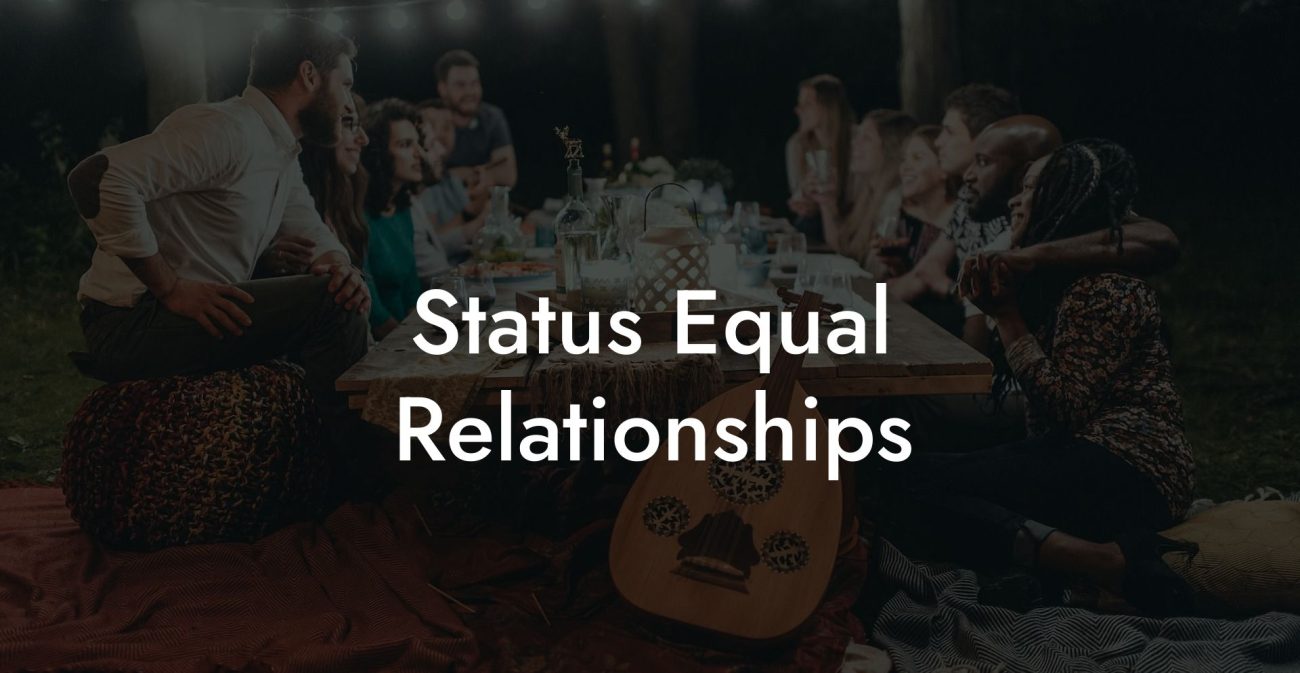History Of Polygamy

Polygamy, a relationship model involving one individual married to multiple partners, has a rich and complex history that spans continents, cultures, and millennia. Whether viewed through the lens of ancient civilizations or modern legal debates, the evolution of polygamy reveals much about societal values, power dynamics, and the diverse ways human beings form bonds. This guide explores the history of polygamy, from its early roots in ancient societies to its varied practice in contemporary times, shedding light on its cultural, religious, and legal dimensions.
Quick Links to Useful Sections
- Defining Polygamy and Its Variations
- Early Instances in Ancient Civilizations
- Polygyny in Religious and Cultural Traditions
- Polyandry and Its Unique Cultural Contexts
- Polygamy in the Modern Era
- Legal and Social Perspectives on Polygamy
- Contemporary Debates and Future Directions
- FAQ: Your History of Polygamy Questions Answered
- Resources and Community Support: Your Next Steps in Exploring the History of Polygamy
Defining Polygamy and Its Variations
At its most basic, polygamy refers to the practice of having more than one spouse at the same time. There are two primary forms:
- Polygyny: One man married to multiple women. This is the most common form historically and is practiced in many cultures around the world.
- Polyandry: One woman married to multiple men. Although much rarer, polyandry has been practiced in certain societies, particularly in regions where resources are scarce.
Other variations include group marriages or communal forms of partnership, where multiple individuals form a network of relationships without clear hierarchical distinctions.
Early Instances in Ancient Civilizations
Evidence of polygamous practices can be found in some of the earliest recorded societies. In ancient Mesopotamia, for example, kings and wealthy men often had multiple wives and concubines, a practice that symbolized power and social status. Similarly, ancient Egypt and Rome documented cases of polygamy among the elite, where marriages were used to forge alliances, secure wealth, and expand influence.
In these societies, polygamy was not merely a personal choice, it was deeply intertwined with political, economic, and social structures. Marriages often served as strategic tools to strengthen bonds between families and consolidate power.
Polygyny in Religious and Cultural Traditions
Many major religions and cultural traditions have historically practiced polygyny. In the Hebrew Bible, several prominent figures, including Abraham, Jacob, and King David, had multiple wives. These narratives were later interpreted in various ways by different religious traditions. In Islam, for instance, a man is permitted to have up to four wives provided he treats them equitably, a provision that has influenced the practice of polygyny in many Muslim-majority societies.
In many African, Middle Eastern, and Asian cultures, polygyny has been historically widespread, often linked to social status and economic stability. However, interpretations and implementations have varied greatly depending on local customs and legal frameworks.
Polyandry and Its Unique Cultural Contexts
While polygyny has been more common, polyandry has its own unique history. In parts of the Himalayas, for example, fraternal polyandry, where brothers share a wife, has been practiced as a means of preserving limited family land and resources. This form of polyandry is less about romantic choice and more about practical survival, reflecting the unique challenges of those environments.
Polyandry, though rare, challenges many conventional ideas about marriage and family structures, offering a fascinating glimpse into how different societies adapt relationship models to fit their specific needs.
Polygamy in the Modern Era
With the advent of modernity, industrialization, and changing social values, polygamy has experienced significant transformation. In many Western societies, monogamy has become the legal and cultural norm, influenced by Enlightenment ideals of individual rights and equality. However, polygamy still exists in various parts of the world, often maintained by cultural or religious traditions.
In the United States, for example, polygamous practices have persisted among certain religious groups, most notably within some fundamentalist Mormon communities, despite legal prohibitions. In other regions, such as parts of Africa and the Middle East, polygyny remains legally recognized and culturally accepted. The tension between traditional practices and modern legal frameworks continues to shape the debate over polygamy in contemporary society.
Legal and Social Perspectives on Polygamy
The legal status of polygamy varies widely around the globe. In many Western countries, polygamy is illegal and considered a form of bigamy, reflecting the prevailing cultural norm of monogamy. In contrast, several countries in Africa, the Middle East, and Asia legally recognize polygamous marriages, often within the context of religious or customary law.
Social attitudes toward polygamy are equally diverse. Critics argue that polygamy can lead to unequal power dynamics and may be exploitative, particularly in societies where women have limited rights. Proponents, however, contend that when practiced ethically and consensually, polygamy can provide emotional and economic benefits and reflect a more flexible understanding of family and partnership.
Contemporary Debates and Future Directions
Today, the debate over polygamy is not just about legality or tradition, it also involves discussions about personal freedom, gender equality, and cultural pluralism. Some activists advocate for the decriminalization of polygamy as a matter of personal autonomy and cultural expression, while others emphasize the need for reforms to protect vulnerable parties within polygamous structures.
As societies continue to evolve, the conversation around polygamy is likely to become even more nuanced, blending historical perspectives with modern values. Whether polygamy will expand, contract, or transform into new forms of relationship arrangements remains an open question.
FAQ: Your History of Polygamy Questions Answered
1. What is polygamy?
Polygamy is a marriage or relationship system where one person is married to multiple spouses simultaneously. It primarily includes polygyny (one man with multiple wives) and polyandry (one woman with multiple husbands).
2. Where did polygamy first originate?
Evidence of polygamy can be found in ancient civilizations such as Mesopotamia, Egypt, and Rome, where it was often associated with power, wealth, and strategic alliances.
3. How has religion influenced the practice of polygamy?
Many religious texts and traditions, including those found in the Hebrew Bible and Islamic teachings, have historically permitted polygamous practices, influencing cultural norms in various regions.
4. What is the difference between polygyny and polyandry?
Polygyny is when one man has multiple wives, and it is far more common historically and culturally. Polyandry, where one woman has multiple husbands, is much rarer and is practiced in specific contexts, such as in parts of the Himalayas.
5. Is polygamy legal today?
The legal status of polygamy varies by country. It is illegal in many Western nations but remains legally recognized in some parts of Africa, the Middle East, and Asia under customary or religious law.
6. What are some criticisms of polygamy?
Critics argue that polygamy can lead to power imbalances, exploitation, and reduced rights for women. However, proponents contend that ethical, consensual practices can mitigate these issues.
7. How has modern society influenced polygamous practices?
Modernity has led to a predominant focus on monogamy in many parts of the world, but polygamy still exists in cultures where it is supported by tradition and law. The debate continues as societies evolve.
8. Can polygamy be practiced ethically?
Yes, many advocates believe that polygamy can be ethical if all parties enter the relationship willingly, with full consent, and if open communication and equality are maintained.
9. What role does polygamy play in cultural identity?
In some cultures, polygamy is an important part of social structure and identity, often linked to economic, social, or religious factors.
10. Where can I learn more about the history of polygamy?
Books, academic journals, documentaries, and reputable online resources offer extensive information on the history and cultural context of polygamy.
Resources and Community Support: Your Next Steps in Exploring the History of Polygamy
- Books and Academic Journals: Look for historical texts and scholarly articles that examine polygamy in various cultural and religious contexts.
- Documentaries and Online Courses: Visual and interactive resources can provide in-depth insights into the evolution of polygamous practices.
- Museum Exhibits and Archives: Explore exhibitions that highlight the social and cultural history of marriage and family structures.
- Online Communities: Engage with forums and discussion groups where historians and enthusiasts share insights and resources on polygamy.
With a comprehensive understanding of its historical context, you can better appreciate the complex evolution of polygamy and how it continues to shape cultural narratives and legal frameworks around the world.
Lost & confused by all of the terms, types and seemingly made up 3 letter acronyms?? We've got you. Check out our Ethnical Non-Monogamy Dictionary >>
Useful Interruption: Not sure which relationship vibe fits you best? Take our Relationship Test, it’ll give you the real insight into your natural relationship style. Then, dive into our binge-worthy guides (from the tried-and-true to the “wait, that’s a thing?”) and find the perfect relationship type for your life:
- Monogamy
- Open Relationships
- Ethical Non-Monogamy
- Solo Polyamory
- Non-Hierarchical Polyamory
- Hierarchical Polyamory
- Relationship Anarchy
- Swinging
Now back to the main article but yeah take the test...












